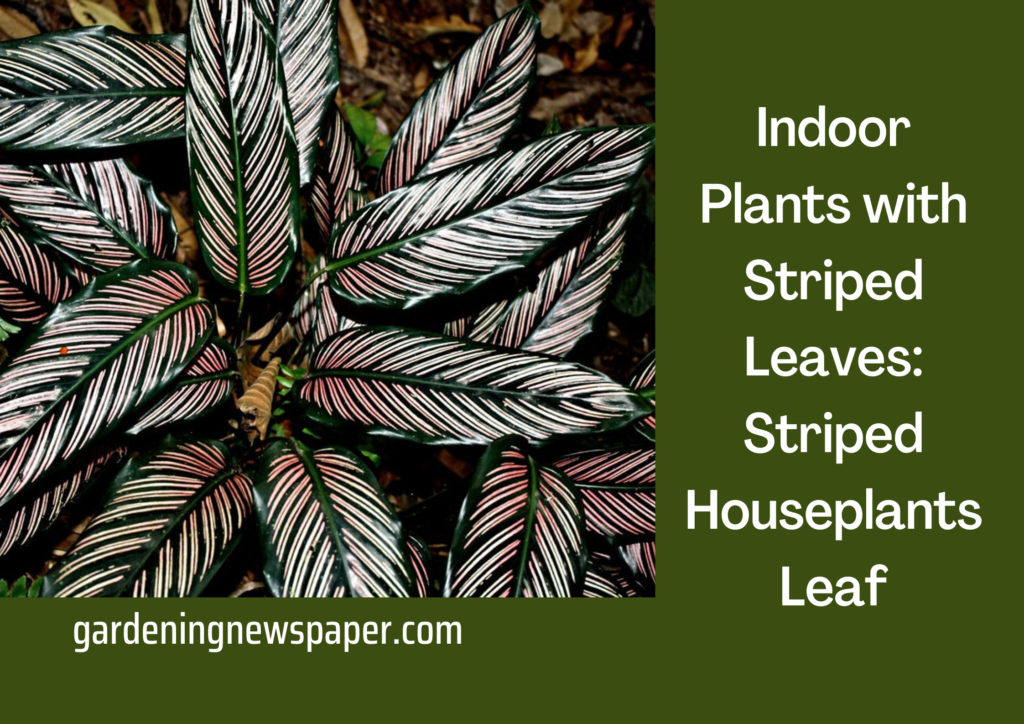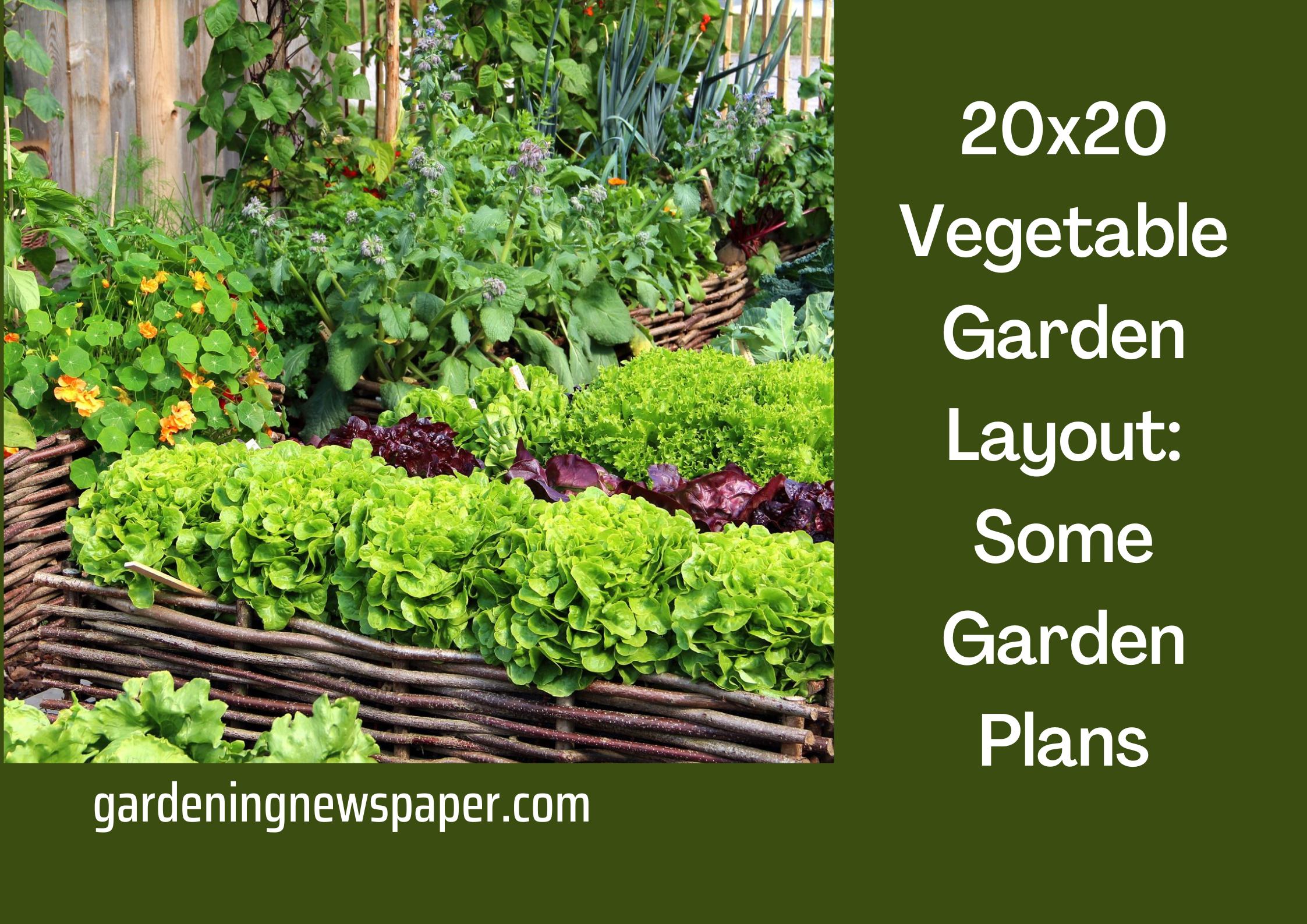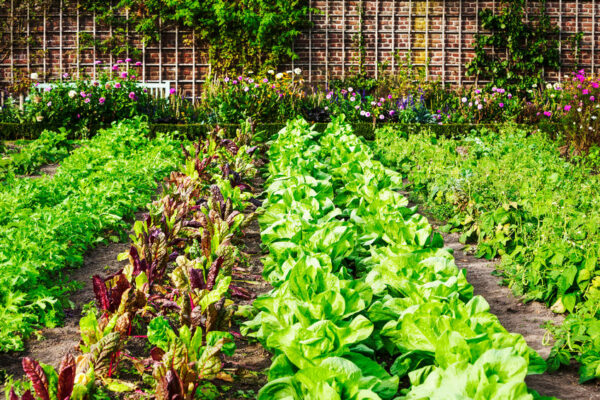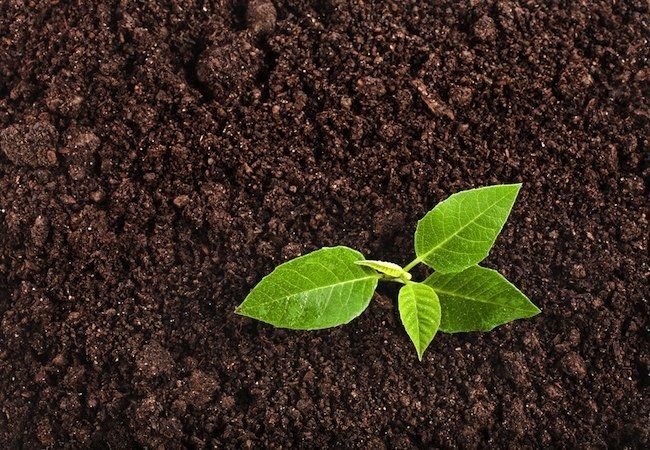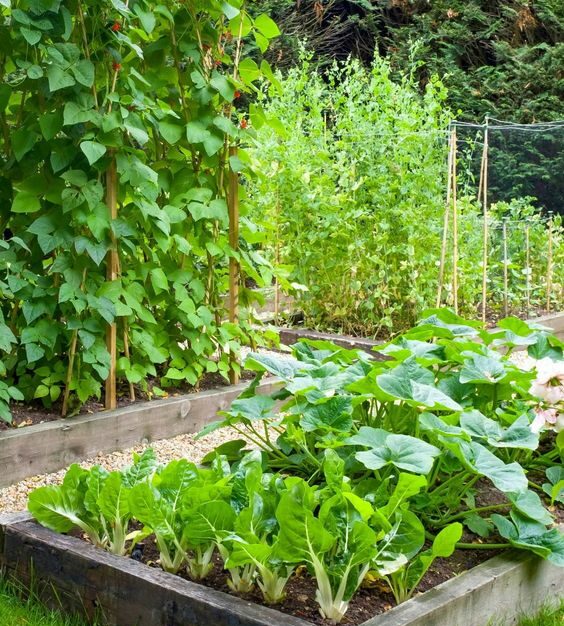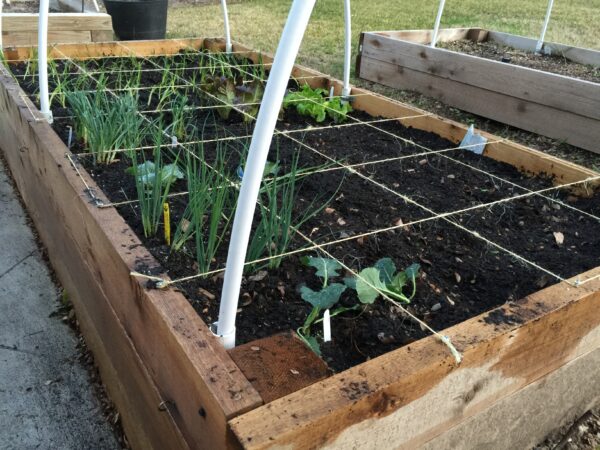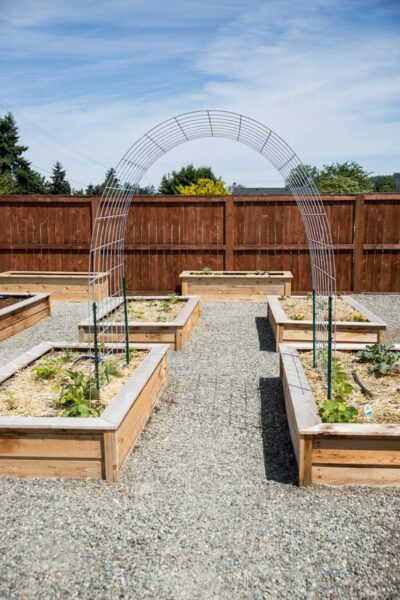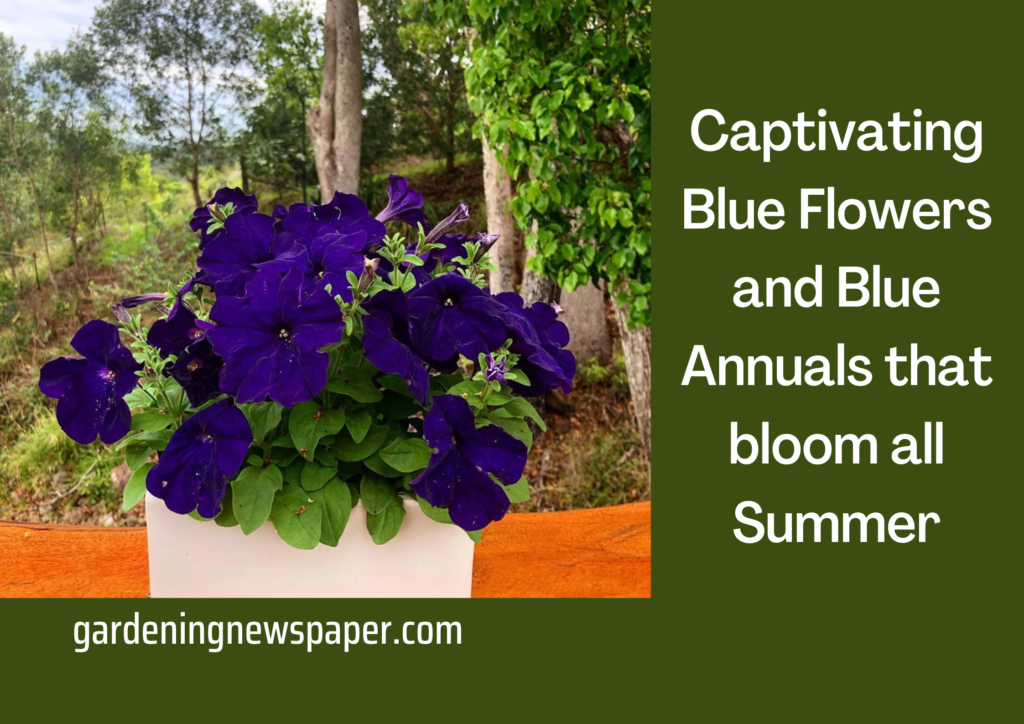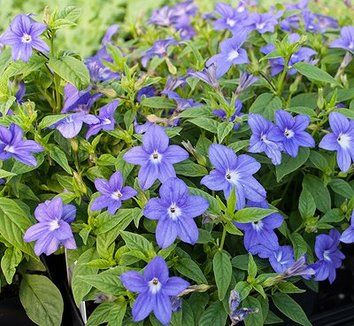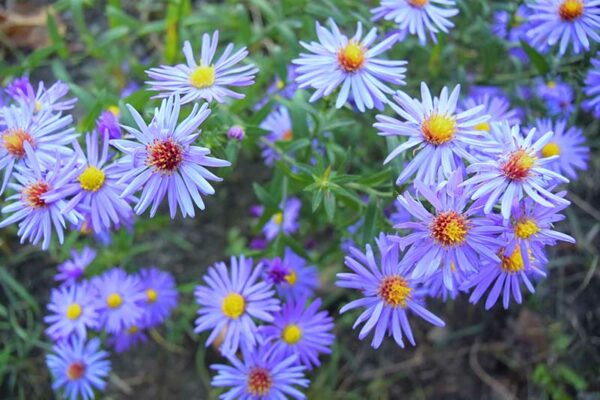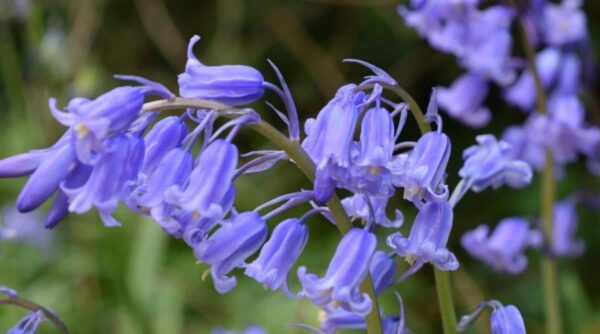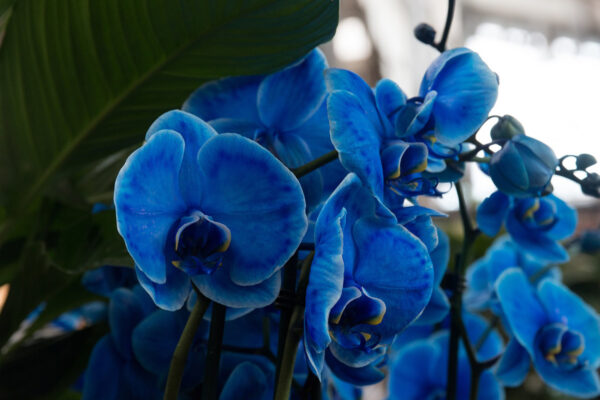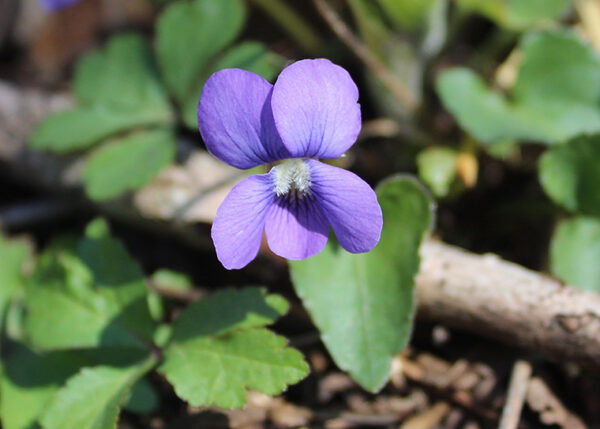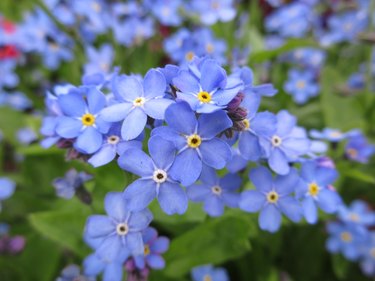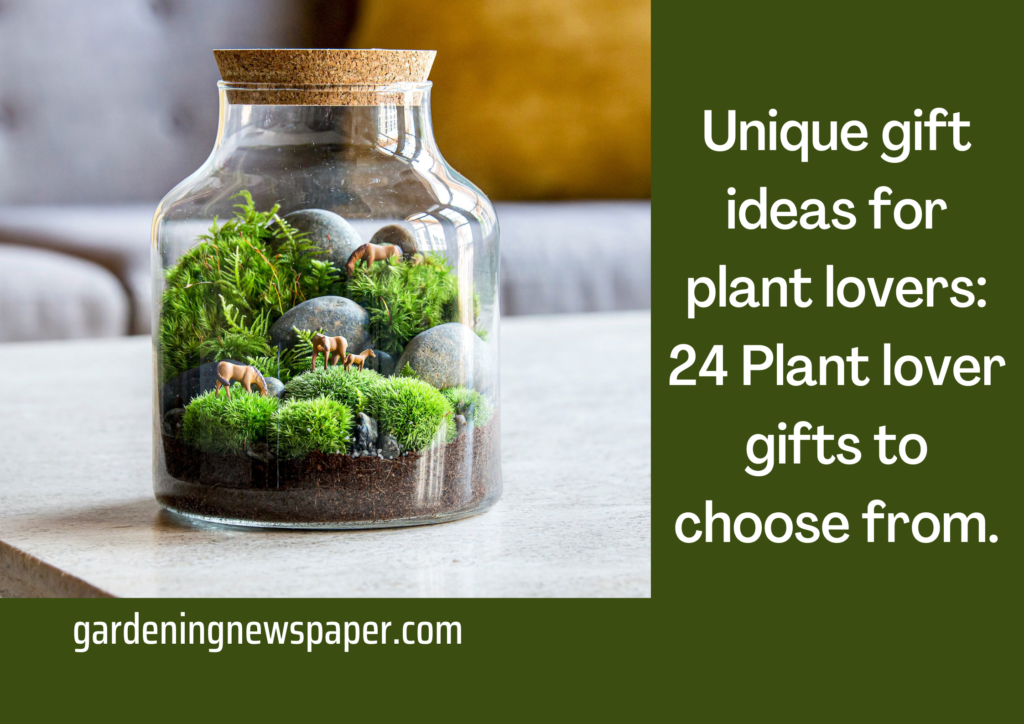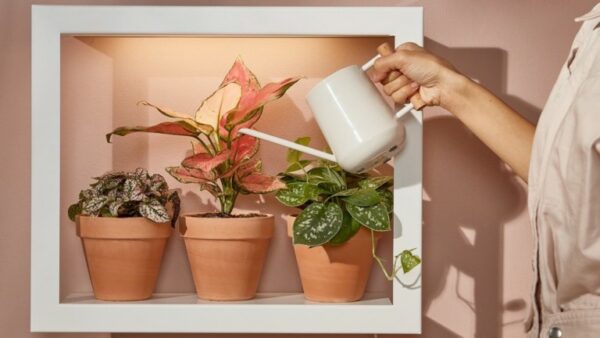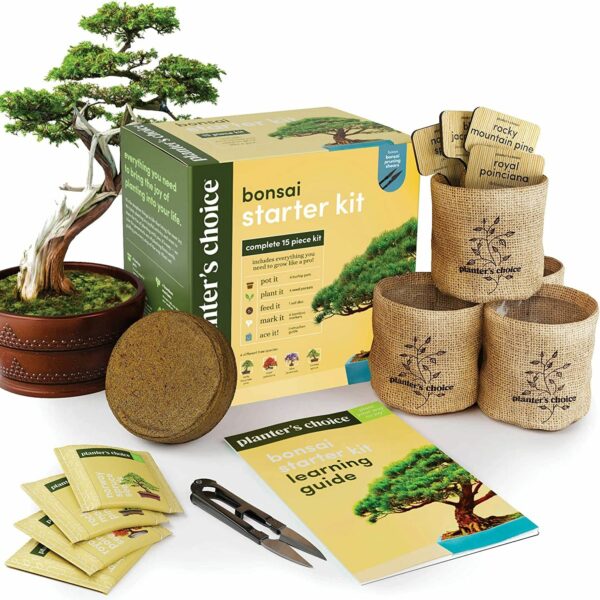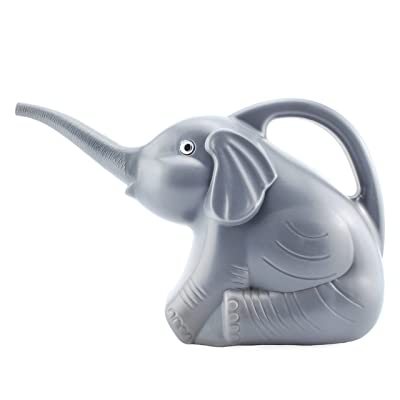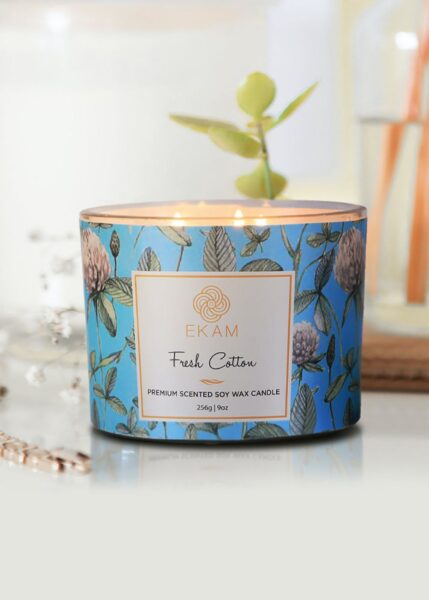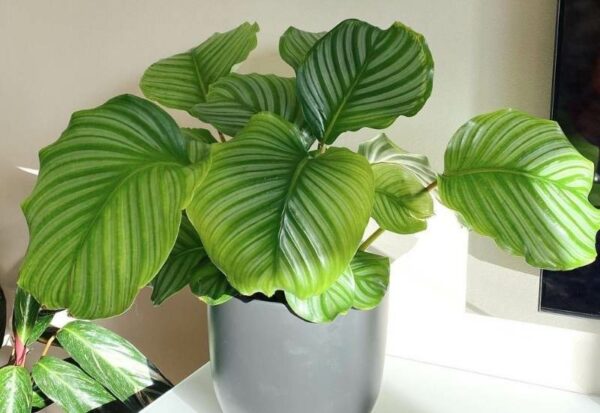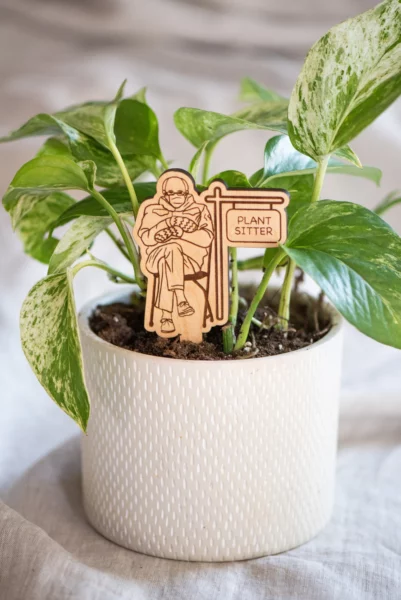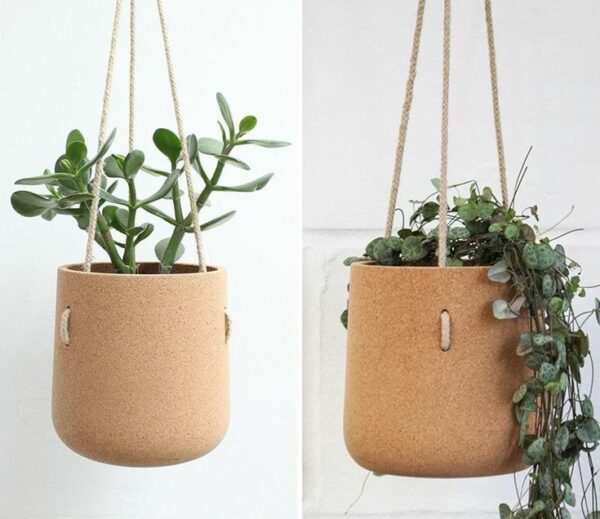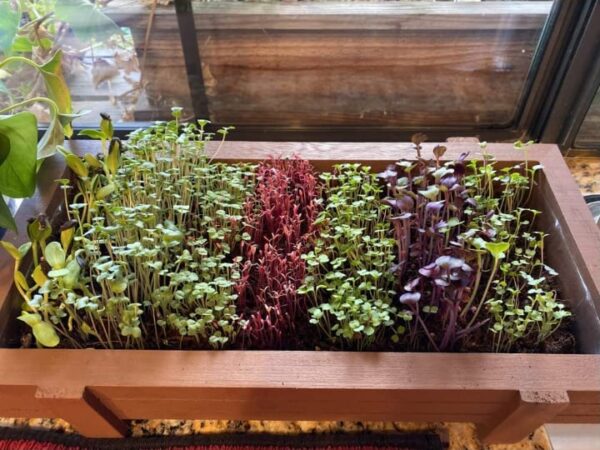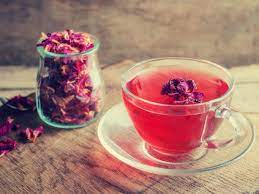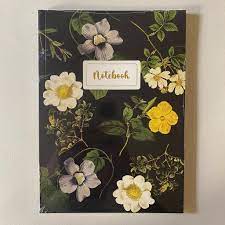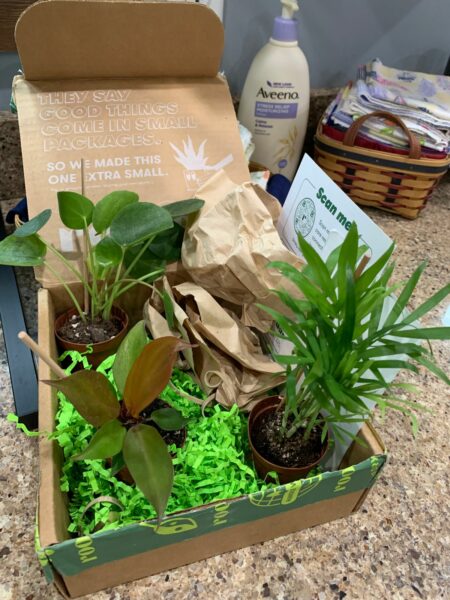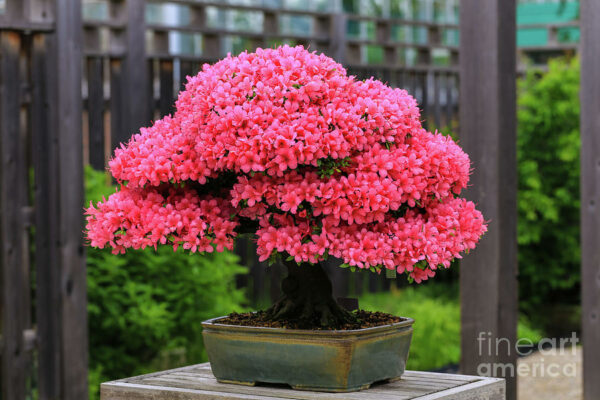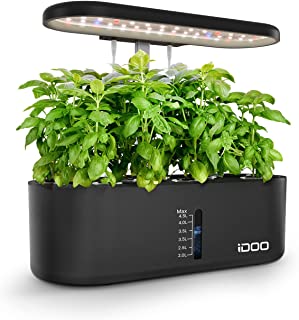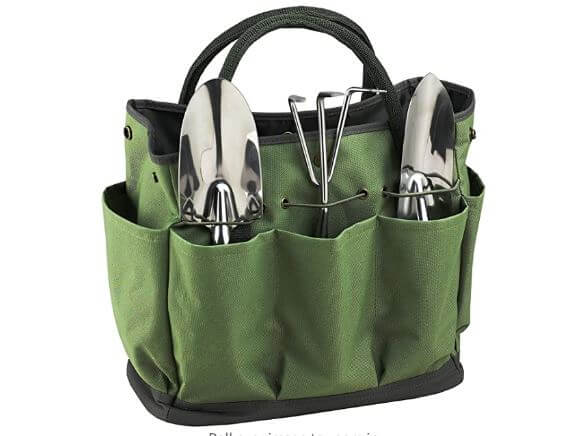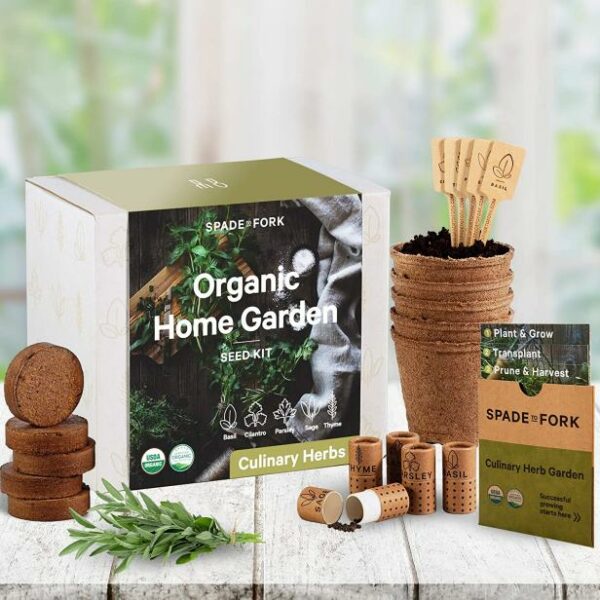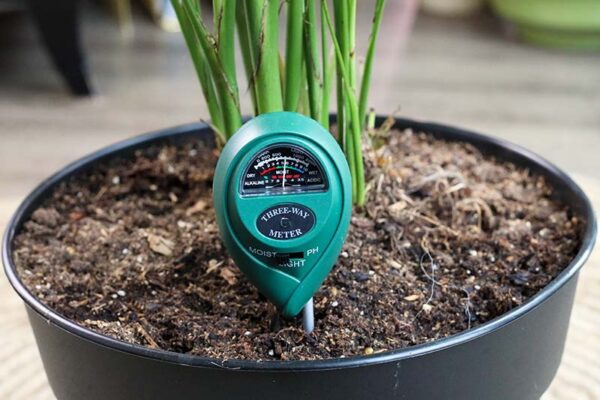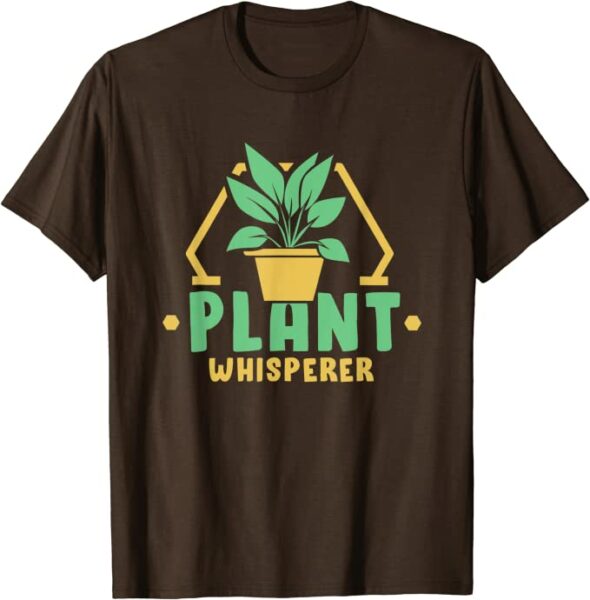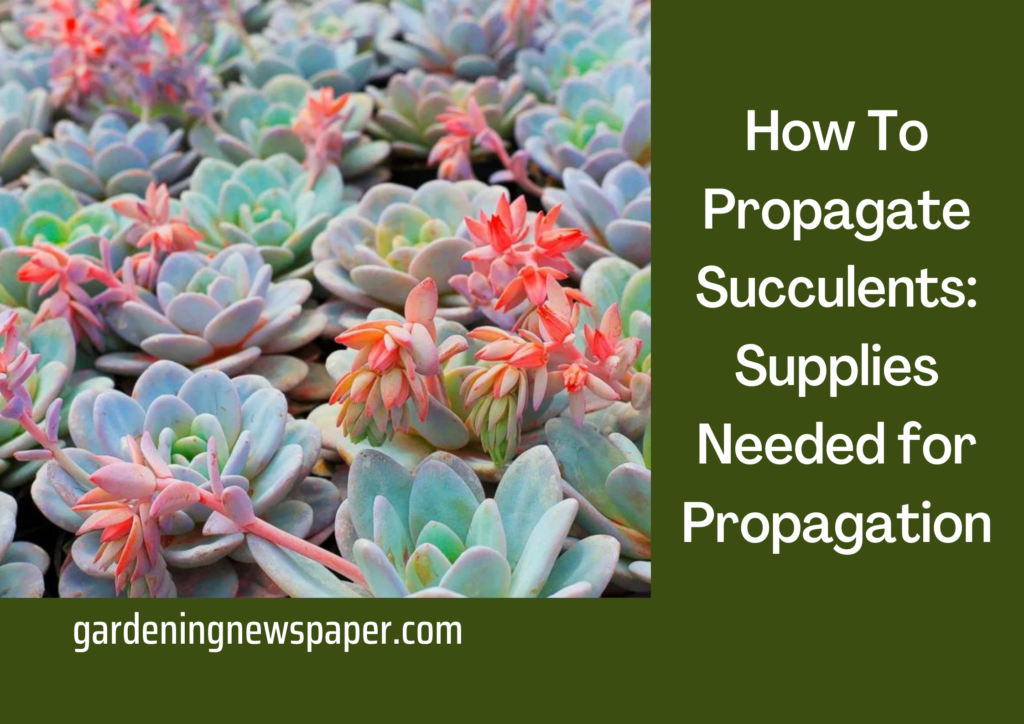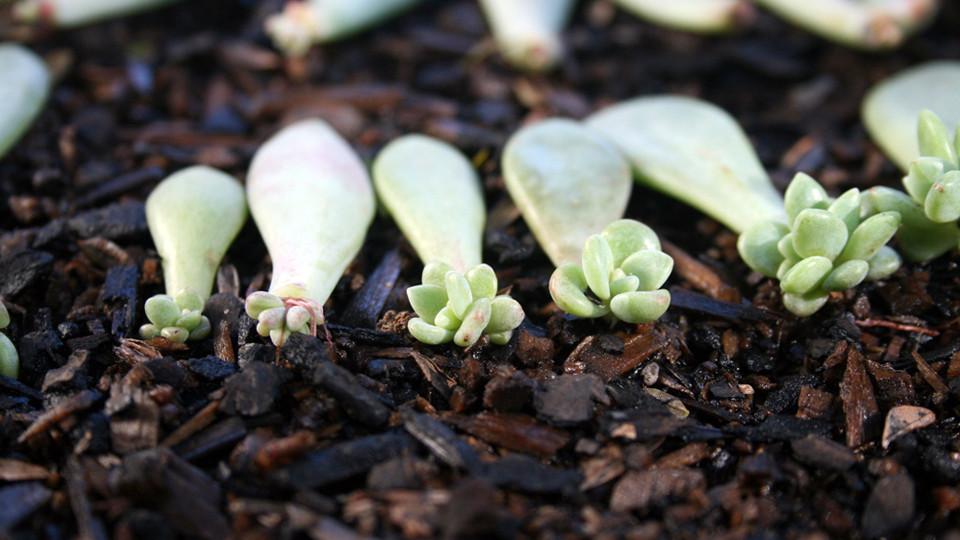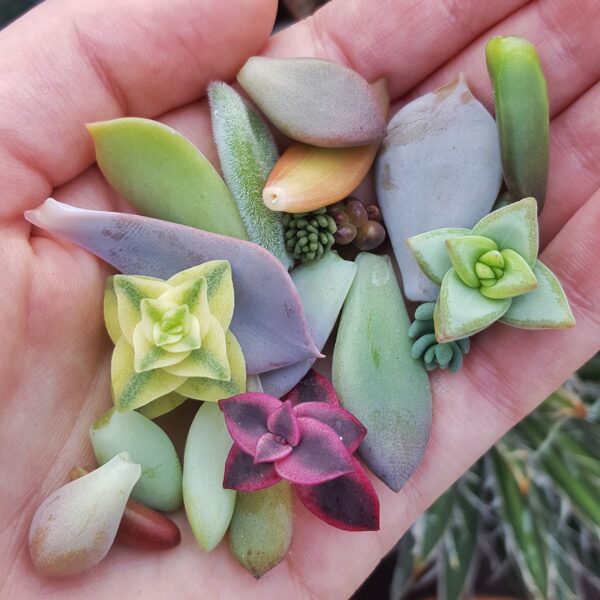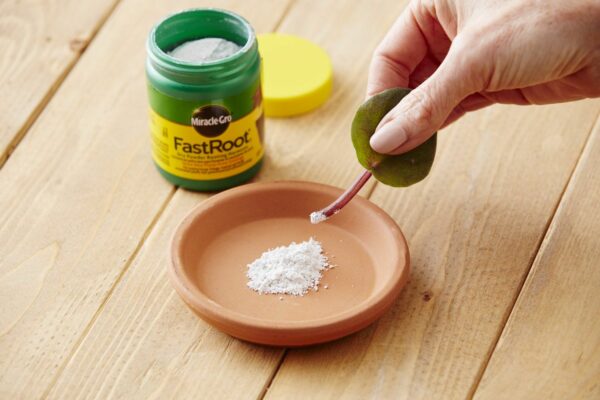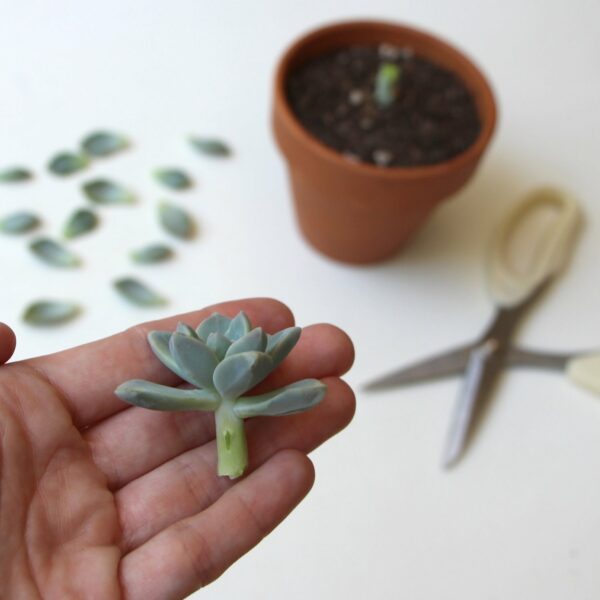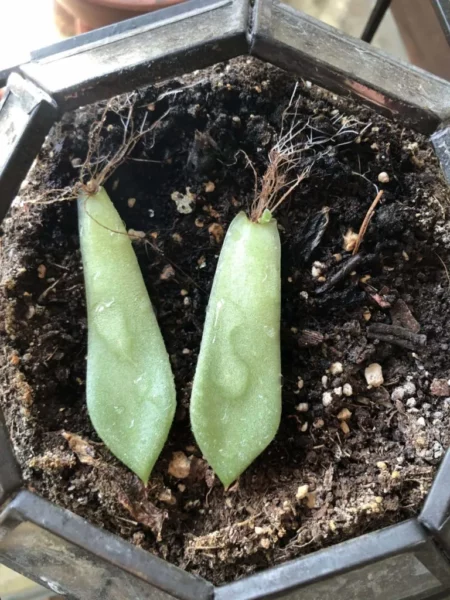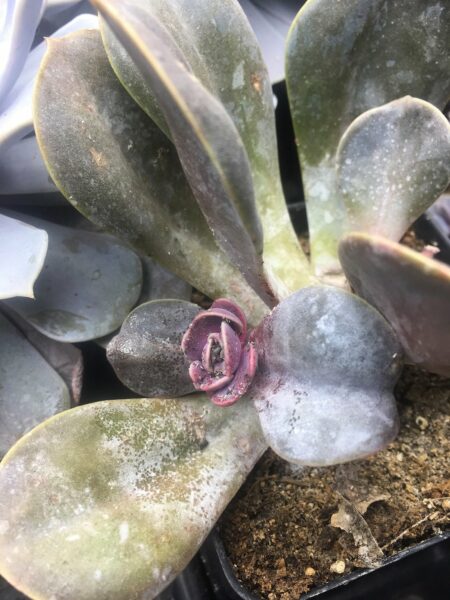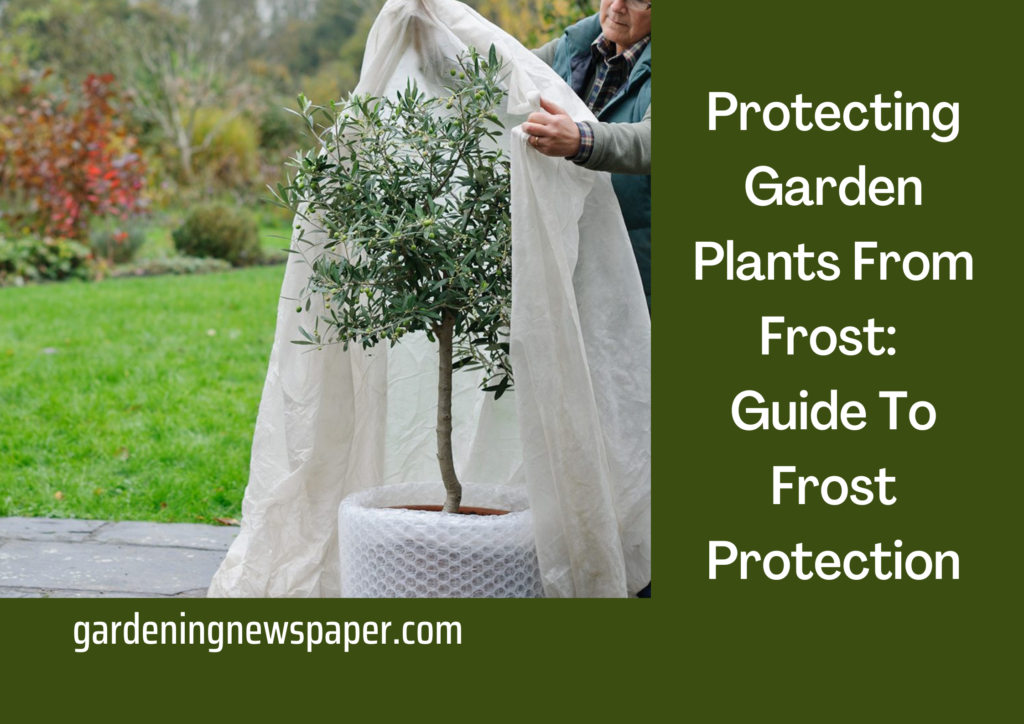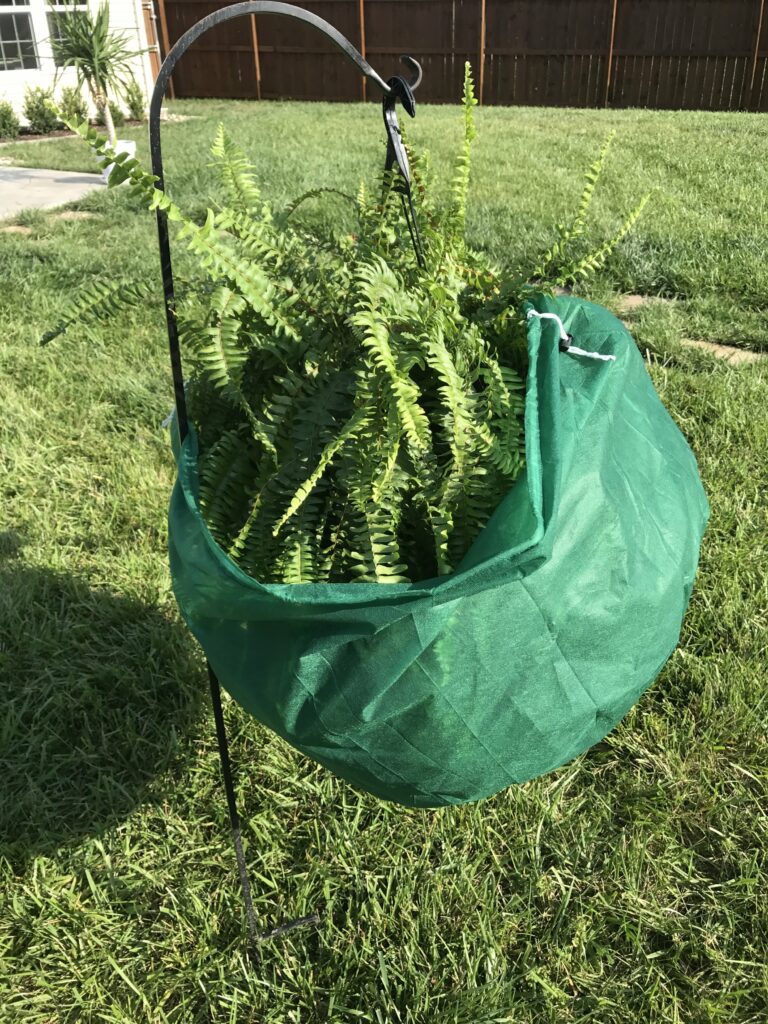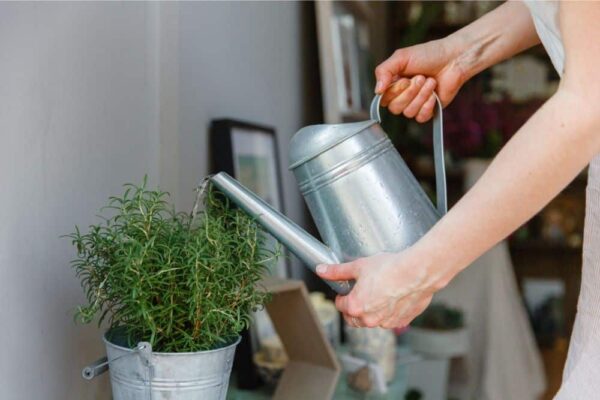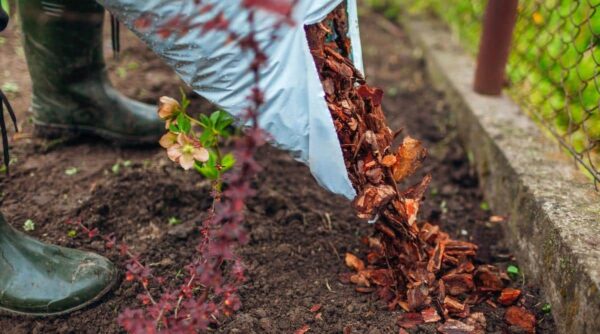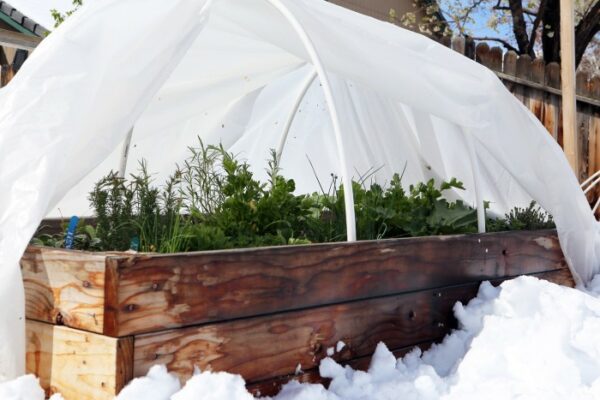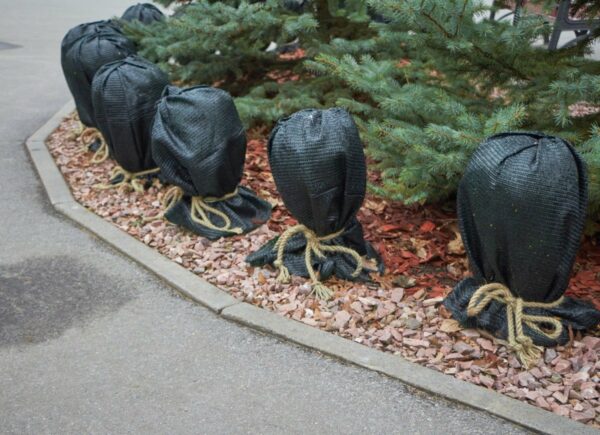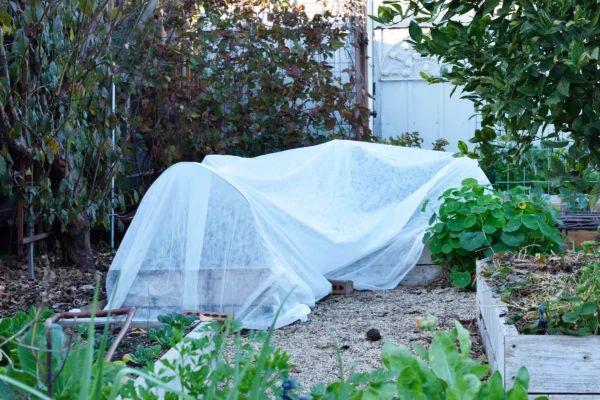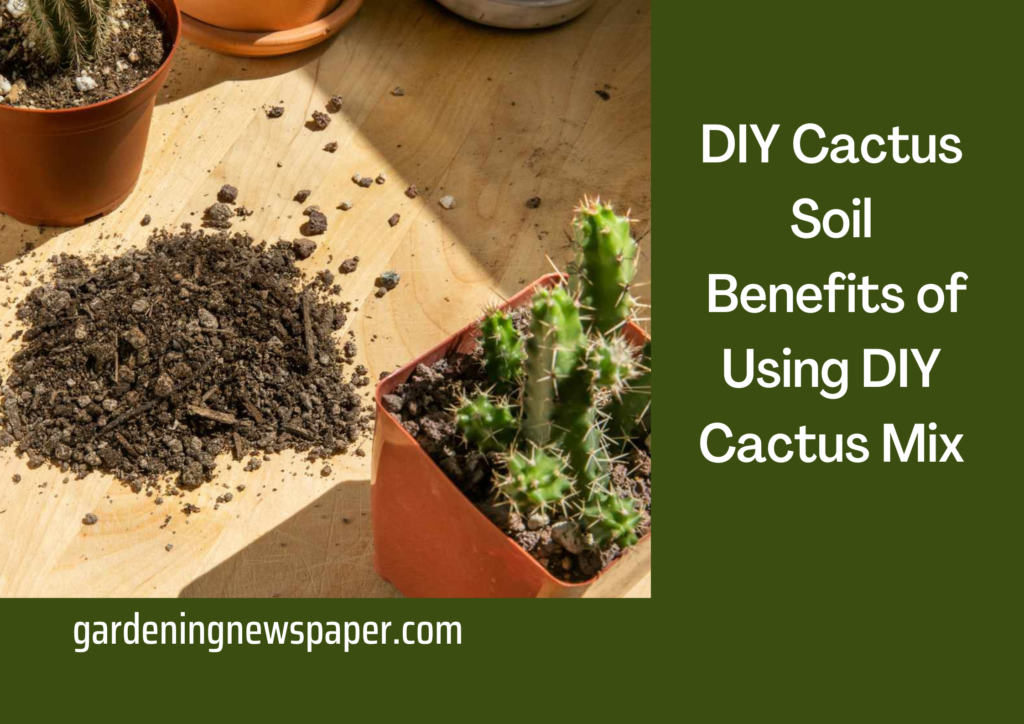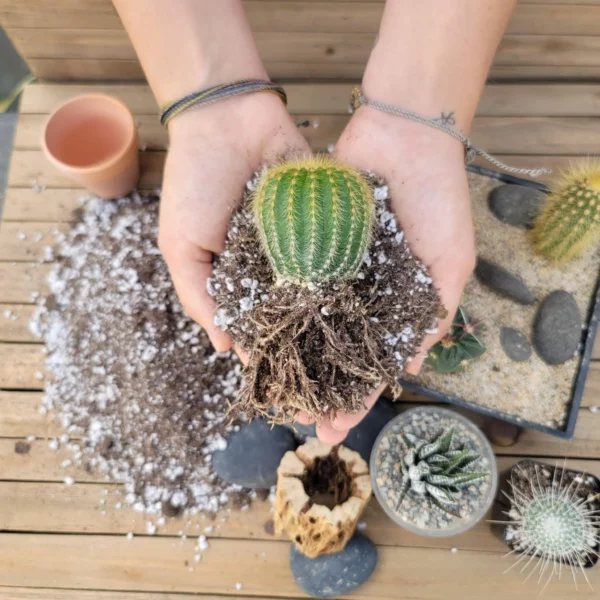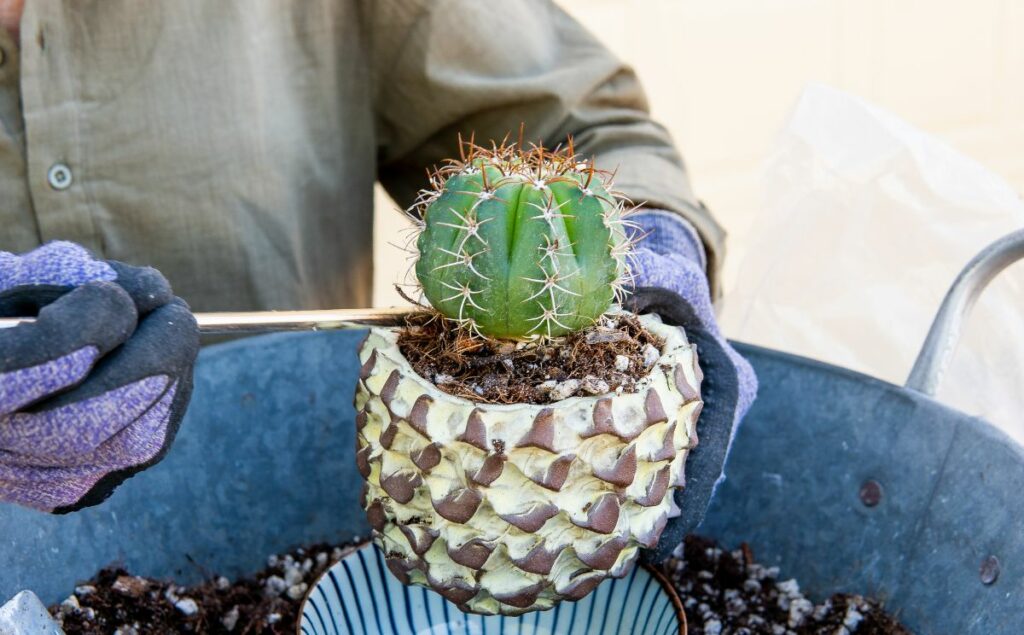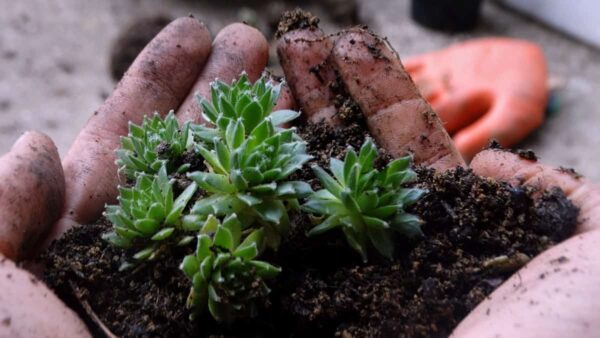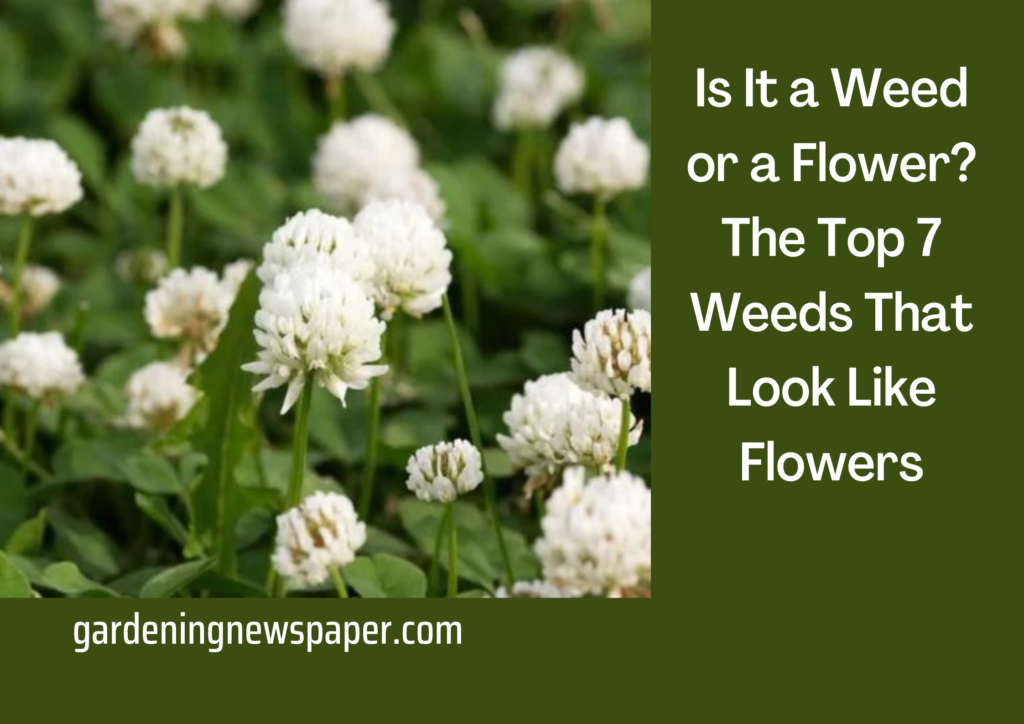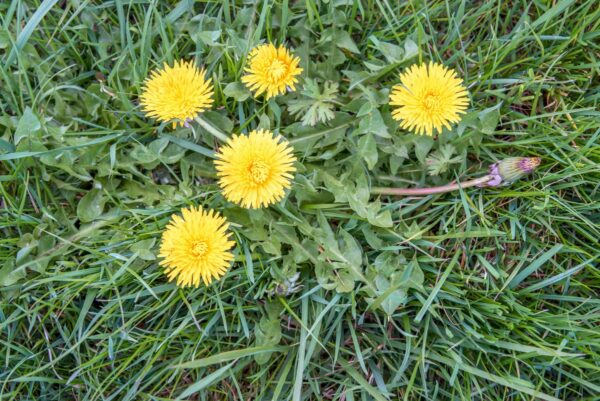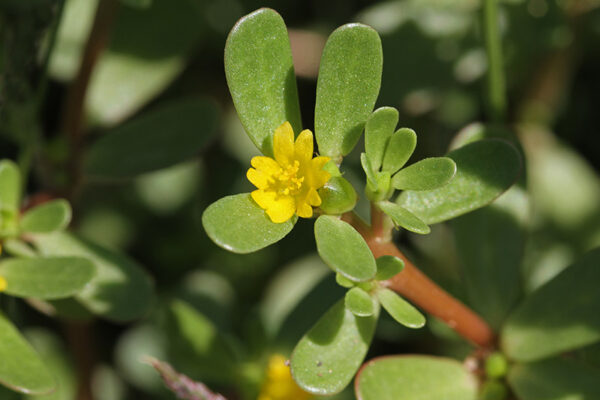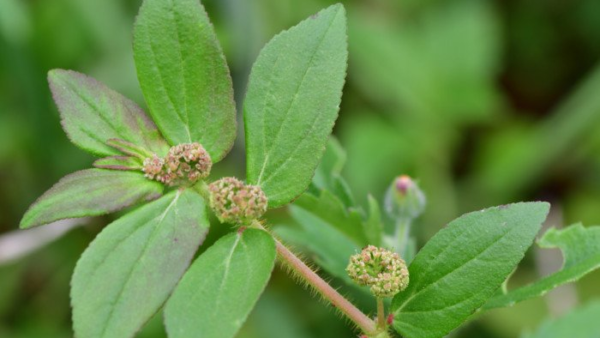Growing Zucchini in 5 Gallon Buckets – Complete Guide to Grow Zucchini
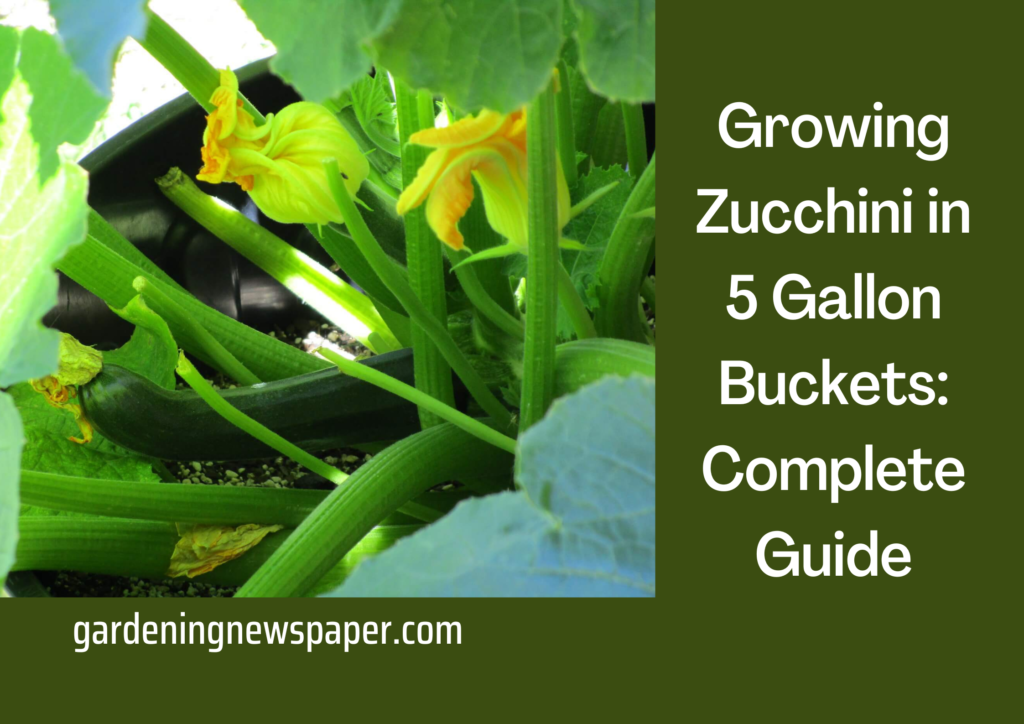
Zucchini roots are deep and require a container that is at least 16 inches deep and 12 inches wide. Therefore, a five gallon bucket is a good choice as it meets these needs.
It is recommended growing zucchini in 5 gallon buckets. If you try to grow too many plants together, they will compete for nutrients and resources that will stunt their growth. Lightweight, durable, and inexpensive.
The plastic bucket also doesn’t lose moisture as quickly as things like terracotta. Zucchini is an excellent vegetable to grow for gardeners in small spaces and a great plant to grow in a 5-gallon bucket. But that doesn’t mean the plant can’t take advantage of gardeners’ support. If you’re thinking about growing zucchini, give it a go.

Growing Zucchini in containers
- Container gardening or cultivating plants in containers or buckets is on the rise these days. It allows you to grow a wide variety of vegetables and fruits in a small space and gives you some control over your plant’s environment. Giving them the right amount of sunlight, protecting them from frigid winters, etc. can help them grow.
- After all, zucchini can be planted in a 5-gallon bucket as long as it gives it what it needs to grow and produce it. Finally, you can customize or paint the container to blend in with the landscape or show your artistic skills and creativity. Sprinkle it, decorate it, and enjoy it as it is. Before planting zucchini, always use a “clean” 5-gallon bucket or a bucket that has not been used to store chemicals or toxic substances.

When and How to Plant Zucchinis in Gallon Bucket with Soil?
- The best time to plant zucchini is spring when temperatures are consistently warm. Specifically, zucchini seeds need at least 70 degrees Fahrenheit to germinate and germinate. If you have the opportunity, especially if you’re new to container gardening or growing zucchini, choose compact, easy-to-grow strains such as Jackpot or Eight Ball. Zucchini seeds are planted 2.5 cm deep and watered immediately.
- Seeds germinate in 5-10 days, and real leaves emerge a week later. It’s important to keep the soil moist, but not too wet. Spray or water can be used from below to prevent seeds from getting buried or washed away. When the seedlings are about 20-25 cm long, select the strongest and healthiest seedlings and discard the rest.
- A good rule of thumb is to plant 1-3 zucchini seedlings about 3-5 inches apart per 5-gallon bucket. The recommended medium is potting soil mixed with organic matter such as fine bark, peat, and compost. You have to use sand or vermiculite to make well-drained and aerated soil. It is not recommended to use pure garden soil as it is compact and transmits pests and unwanted organisms.

How to Care for Zucchini?
- A 5-gallon bucket needs at least 6 hours of direct sunlight exposure. Moreover, regular watering is required, especially in hot weather or during the summer. You must keep the soil moist to stave off root rot and other diseases, but you must be careful not to overwater the plant. Feel the soil’s surface to see if it needs to be watered. If it’s too moist, you can usually leave it for a day or two. To ensure that it can be harvested when it’s ready, it should now be carefully monitored.
- When the zucchini reaches 5 to 7 inches long and dark green in color, it is typically ready to be picked. When it is set, use sharp scissors or pruning shears to cut the stem just an inch or two away from the person. It is not advisable to handle or turn it because doing so will definitely ruin it.
What You Need to Grow Zucchini in a 5-Gallon Bucket?
There are a few things you need to start planting zucchini. Here’s a list of what you’ll need to grow this delicious vegetable.
- 5 Gallon Buckets – The number of buckets you need depends on how much zucchini you plan to grow.
- Planting Medium – Regular soil does not work well when growing zucchini in containers. Instead, you want a mixture of peat, compost, perlite, and fine bark.
- Watering Method – Whether you water your zucchini with a watering can, hose, or some other method, you should have a suitable watering method for your plants.
- Seeds – Requires 1-6 seeds per bucket.
- Fertilizer or Compost – You need something to keep the soil rich in nutrients.
- Support – Not all zucchini plants need support. However, when deciding which zucchini variety needs support, something like a tomato cage will work.
Best Zucchini Varieties to Grow in 5 Gallon Buckets
There are several varieties of zucchini that can be grown in buckets. Let’s take a glance at some of these different varieties.
Geode
Geode Zucchini are small, round, light green zucchini that are perfect for stuffing. This plant grows only 1.5 feet tall and takes only 41 to 50 days to mature.

Eight Balls
Eight Ball Zucchini are round and dark green. It itself is only 3 inches and the plant grows 24 to 30 inches. This zucchini takes 55 days to mature.

Silverbush
This is an attractive striped zucchini. It got its name from its beautiful silver-green leaves. These zucchinis are best harvested when they are 6 to 8 inches or less in length.
Buckingham Patio
The Buckingham Patio zucchini is a variety made for containers. The peel is golden. This type of zucchini is best harvested when it is 6 to 7 inches long.

Container Care
- Water plants well, but do not overwater. In the heat of summer, potted plants dry out faster than soil, so check the container daily. Poke your finger into the soil and water it when it is about 2cm dry.
- You should use drip irrigation here so that you can be assured of watering and nutrients also.
- Once the flowers have bloomed, fertilize again. Apply a 10-10-10 (NPK) fertilizer every two weeks according to the manufacturer’s instructions.
- Instead of the granular fertilizer originally used, use a liquid fertilizer that can be applied with a watering can or sprayer so as not to disturb the roots and flowers of the plant. For more, you can use diluted fish emulsion and spray it on the leaves of the plant. Soft sunlight is shining in the background.
- Harvest when the fruit is about half its ripe size – This depends on the species of zucchini. This will encourage the plant to continue growing and producing more fruit. In my opinion, young zucchini is the most delicious. If left on the plant for too long, the skin and seeds of the fruit will begin to harden and the overall taste will be poor. As the plant grows, it can have problems.
Common Zucchini Plants Diseases
There are only a handful of diseases to watch out for but remember to check your plants regularly to avoid problems.
Zucchini Plant Bacterial Wilt
- Bacterial species Erwinia Tracheophyta cause this bacterial wilt, cucumber beetles are responsible for the transmission of this virus, so the first line of defense is to keep these pests away. The first thing you’ll notice is that the plants will begin to die.
- Once the plant has it, there’s not much you can do. Do not destroy the zucchini plant, use it for composting. We may face this problem next year as well. You also need to disinfect the pots and pour potting soil. You should start next year with new soil.
Blossom End Rot in Zucchini

- Uneven watering and calcium deficiency cause blossoms to end rot. Common in tomatoes, you’ll know it’s there when the fruit turns into a dark, pitted ulcer.
- Ensures consistent and adequate amounts of water as plants grow. There is no cure for this disease, and adding calcium to the soil will not cure it once it occurs. increase.
- The disease usually occurs during the rainy season at the end of summer, when powdery mildew flourishes in this weather, resulting in hot and humid weather.
- Twice a week, you should spray the plants with equal amounts of milk and water and a few drops of dish soap. You can also spray neem oil twice a week or use an organic fungicide containing potassium bicarbonate.
Growing zucchini in 5 gallon bucket conclusion
You can grow zucchini by following these tips and the gardeners can get benefit by growing zuccini as well as it can grow in limited space.


